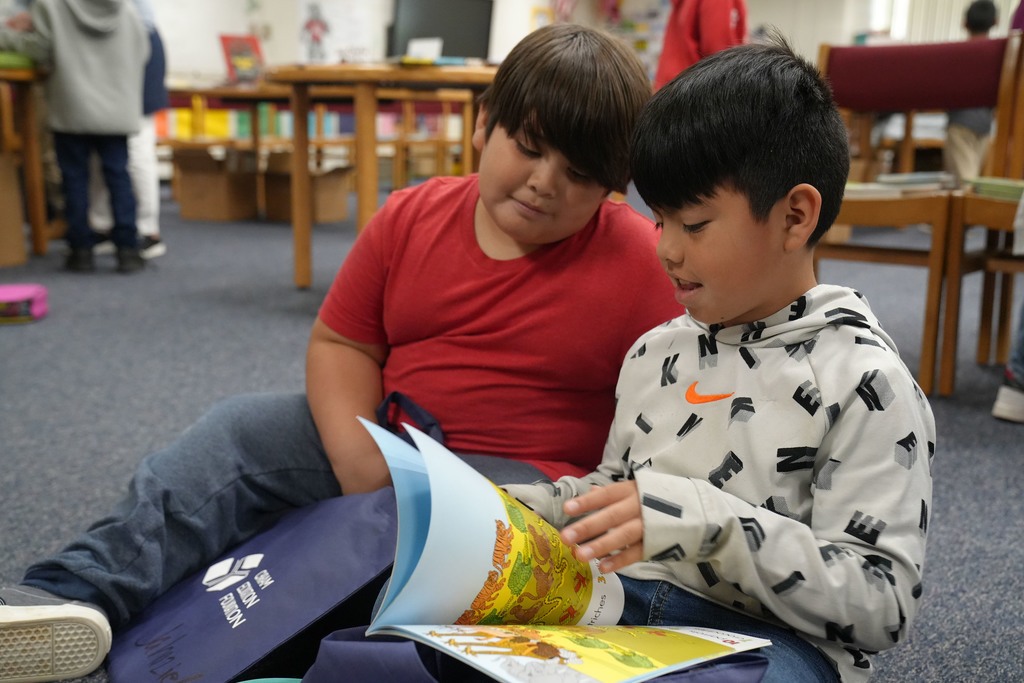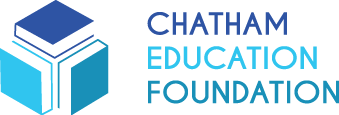
Every parent of an elementary school student in North Carolina has likely heard and understands the gist of the phrase “Read to Achieve.” In a nutshell it means if a child is not reading proficiently by the end of third grade, they may not be able to advance to fourth grade. Formally, the Read to Achieve program began with legislation passed by the state of North Carolina in 2012 to “ensure that every student read at or above grade level by the end of third grade and continue to progress in reading proficiency so that he or she can read, comprehend, integrate, and apply complex texts needed for secondary education and career success.”
It’s vital for students to be able to read by the end of third grade because this is when they transition from learning to read to reading to learn. At this point, if a child falls behind in reading, they’re apt to fall further behind in every subject. According to a report from the Annie E. Casey Foundation, failure to read proficiently by the end of third grade is linked to higher rates of school dropout, and students who do not graduate from high school have lower earning potential and are also more likely to serve time in prison. In fact, some communities use their area’s third grade reading scores to predict future prison capacities (commcenter.bsu.edu).
To test for reading proficiency at the end of third grade, students take an End-of-Grade (EOG) test that measures achievement in reading comprehension. But this test is not the end-all-be-all; there are other opportunities for showing reading proficiency such as a third grade portfolio, which includes reading passages with comprehension questions. There are also two other alternative assessments provided by the state.
Students not showing reading proficiency by the end of third grade can attend a summer reading camp where they will receive “motivational instruction in a small group setting (NCDPI).” In the fall, students not deemed proficient will then be placed in one of three classes–3rd Grade Accelerated Class, 4th grade Accelerated Class, or a ¾ Transition Class–in which they will receive 90 minutes daily of instructional support and services from a highly qualified teacher.
Let’s take a look now at reading proficiency percentages across the state, in Chatham County, and, specifically, at a couple of Chatham County Schools’ elementary schools. In North Carolina, at the end of the 2022-23 school year, 77.4 percent of third graders were proficient in reading, while 84.1 percent of Chatham County third graders were proficient. Overall Chatham County may have a fairly high percentage of proficient readers, but if you compare the proficiency scores of two elementary schools on either side of the county, you’ll see a different picture. At 88.5 percent reading proficiency, Chatham Grove Elementary, located in the northeast side of the county, for example, has a higher reading proficiency than the county average, whereas Virginia Cross Elementary, located in the west side of the county, has a 70.9 percent reading proficiency, putting them well below the county’s percentage.
The lower percentage at Virginia Cross does not translate to a lower level of instruction. Rather, you have to look at the number of economically disadvantaged students at each school—greater than 95 percent at Virginia Cross and 18.6 percent at Chatham Grove. This matters because students from low-income families are less likely to have high quality learning opportunities starting at birth. They are also less likely to have books in their homes, which means they miss out on one-on-one reading time and are not exposed to as much vocabulary. Research shows that the number one way to improve the reading achievement of children from low-income homes is to increase their access to print (Newman et al., 2000). Chatham Reads, a program of the Chatham Education Foundation and Chatham County Schools, is all about getting books into the hands of children of all ages. Besides Books on Break, which hosts free book fairs at schools in low-income communities, Chatham Reads has partnered with numerous organizations including the Partnership for Children to provide gently used books for their Raising a Reader program and with CORA to provide books for its waiting area. When families come through the food pantry, they can take home one book for each child at each visit. Chatham Reads also has eight mini-lending libraries around the county.
Collecting and placing thousands of books around the community takes many hands. If you’d like to volunteer with Chatham Reads by hosting a book drive or helping sort books, please contact Kathy Havens, program manager, at kathy@cefmail.org.
